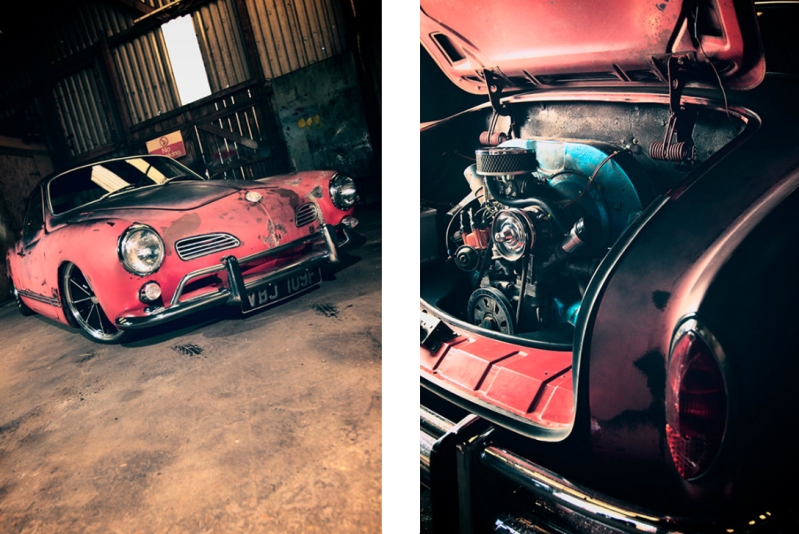Bandwagen
Dom Romney

Dom Romney is an internationally award winning automotive and motor sport photographer working out of London, England. At only seventeen Dom started as work as a press photographer before decided to set up his own business – Dom Romney Photography was born in the spring of 2010, and has grown quickly in to a brand with clients across the globe.
Working solely with editorial and commercial clients, Dom’s high contrast vibrant work has already won him numerous awards and recognition from his peers. Along with his success as a photographer, Dom also provides lectures at the world renowned Citylit centre in london, teaching on a mix of techniques and technologies.
Dom writes “I got the call from Fast Car magazine to shoot this awesome aircooled for their wild card section, however to do justice to its American barn-find heritage, it needed to be shot in barn! Typical English barns are normally of concrete and corrugated steel construction, a far cry from the traditional timber barns you get in the States and hardly a nice photographic backdrop. After locating a plausible wooden barn in middle england (a task that was harder than you’d expect) we set about shooting it. To add to the vintage, weathered feel and to give the image the same feel as that satin, suede patina, we processed the images with some warm muted textures which I think really make the feature. Here is a small selection of my favourite images from the shoot.”
You can view more of Dom’s photography at domromney.com











